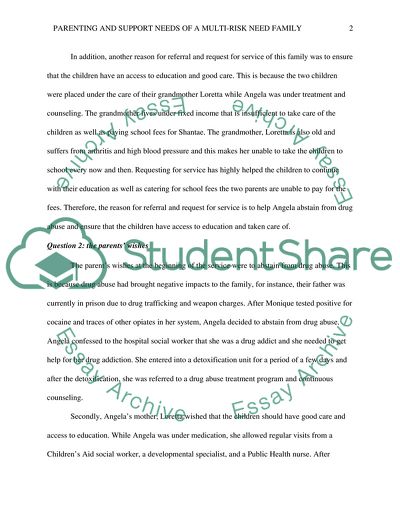Cite this document
(“Parenting and Support Needs of a Multi-Risk Family Case Study”, n.d.)
Parenting and Support Needs of a Multi-Risk Family Case Study. Retrieved from https://studentshare.org/education/1646191-parenting-and-support-needs-of-a-multi-risk-family
Parenting and Support Needs of a Multi-Risk Family Case Study. Retrieved from https://studentshare.org/education/1646191-parenting-and-support-needs-of-a-multi-risk-family
(Parenting and Support Needs of a Multi-Risk Family Case Study)
Parenting and Support Needs of a Multi-Risk Family Case Study. https://studentshare.org/education/1646191-parenting-and-support-needs-of-a-multi-risk-family.
Parenting and Support Needs of a Multi-Risk Family Case Study. https://studentshare.org/education/1646191-parenting-and-support-needs-of-a-multi-risk-family.
“Parenting and Support Needs of a Multi-Risk Family Case Study”, n.d. https://studentshare.org/education/1646191-parenting-and-support-needs-of-a-multi-risk-family.


